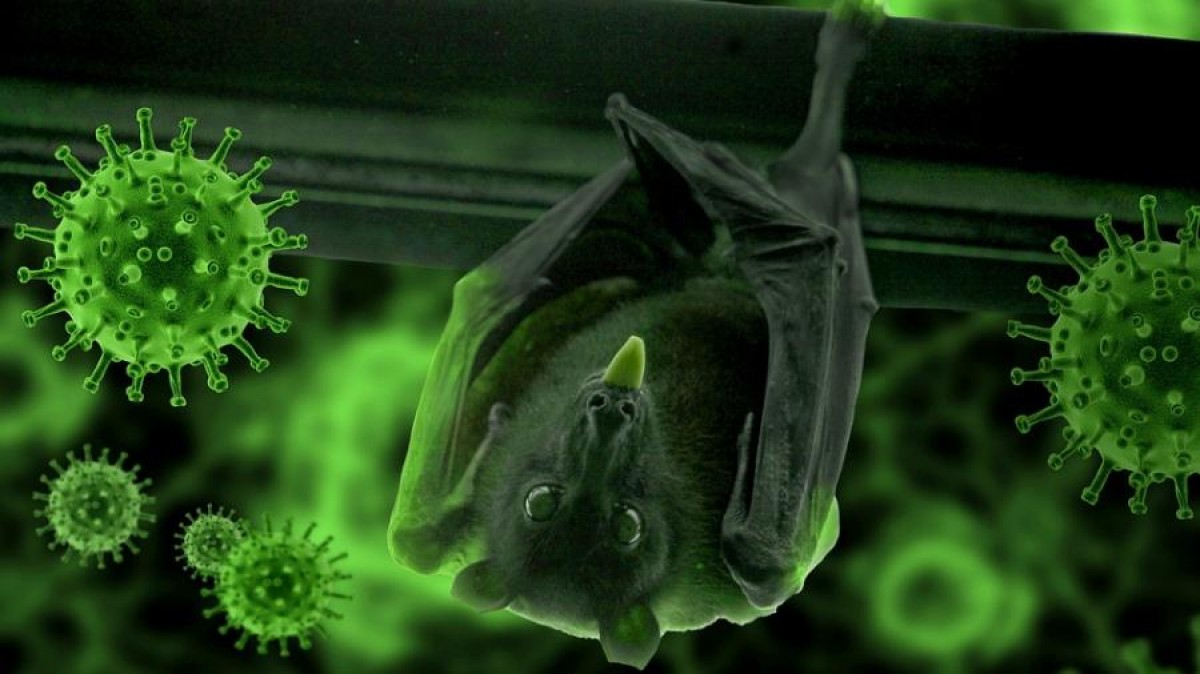More than 30 months after the beginning of the Covid-19 pandemic, different researches offer new alternatives to the emergence of a disease that was able to stop the world. There was meticulous investigative work, with intelligent statistics and genomic use of everything tracked. Two different strains of the coronavirus were tracked to “birth” in a market in Wuhan.
Virologist Edward Holmes in October 2014 toured one of the largest wholesale markets in Wuhan. This city passed has been able to go unnoticed until the end of 2019. Holmes came across cages of the most diverse species, dead or alive, which were sold for food. The researcher said that he encountered species he did not know about and had to photograph them.
In search of the origin of Covid-19
Eight years after that photograph, it has become a key piece of evidence in tracing the origin of the coronavirus pandemic. Although eyes have always been on the Wuhan market, it has never been definitively proven. This has led to new theories flourishing from the Chinese city’s Institute of Virology. This laboratory, it is argued, released the virus, either accidentally or deliberately.
At the time, the scientific consensus on the origin of covid was centered on SARS jumping from bats to humans via an intermediate animal. The researchers turned to the Chinese microblogging site Weibo. There it was discovered that those people who used apps to ask for help were not in the vicinity of the market. This suggests, based on these records, that the market was an unlikely destination. This hints that, the superpropagation of the virus invites tracing in another direction.





